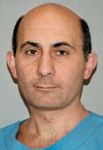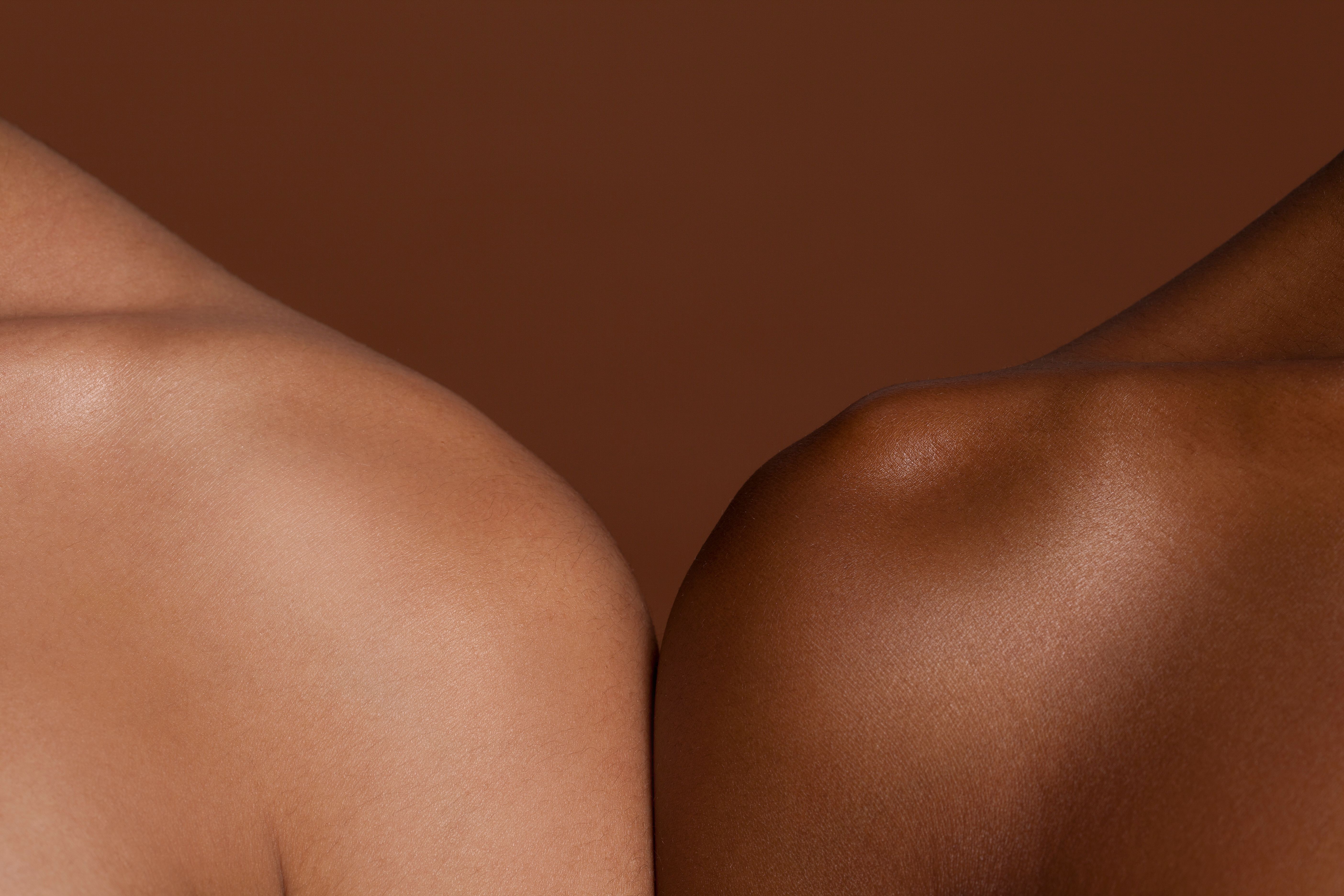- Case-Based Roundtable
- General Dermatology
- Eczema
- Chronic Hand Eczema
- Alopecia
- Aesthetics
- Vitiligo
- COVID-19
- Actinic Keratosis
- Precision Medicine and Biologics
- Rare Disease
- Wound Care
- Rosacea
- Psoriasis
- Psoriatic Arthritis
- Atopic Dermatitis
- Melasma
- NP and PA
- Skin Cancer
- Hidradenitis Suppurativa
- Drug Watch
- Pigmentary Disorders
- Acne
- Pediatric Dermatology
- Practice Management
- Prurigo Nodularis
- Buy-and-Bill
Article
Facing forward: Transplant recipients flourish; success encourages future procedures
As the recipient of the world's first partial face transplant nears her three-year postoperative mark, recent publications also pronounce two later transplant successes, and plans for further operations are moving ahead at several institutions around the world.

Key Points

In the United States, the functional, aesthetic and psychological results for the first three patients have inspired the transplant program based at Boston's Brigham & Women's Hospital to broaden its indications, says the team's leader, Bohdan Pomahac, M.D., assistant professor of surgery, Harvard Medical School.

Plans are also progressing at hospitals in France and England.
Dinoire progresses

Ms. Dinoire received a new chin, lips and nose in November 2005, after being severely mauled by a pet dog six months earlier.
Dr. Pomahac, who spent a day with Ms. Dinoire, says the experience convinced him that her results are "beyond anything imaginable to reconstructive surgeons."
French neurofibroma case

The then 29-year-old patient, who suffered from severely disfiguring neurofibromatosis, received a donated nose, mouth, chin and partial cheeks in January 2007. Today, the patient can also smile.
"But his smile is not perfectly normal because of the inset of the muscles" involved, which rest somewhat low due to bony deformation brought about by the neurofibromatosis that necessitated the transplant, Dr. Lantieri says.
"Otherwise, he has normal sensation and movement (Lantieri L, et al. Lancet. 2008 Aug 23;372(9639): 639-645)."
The patient did experience two episodes of clinical rejection, the latter associated with a persistent cytomegalovirus (CMV) infection. Both episodes responded to increased doses of prednisone, Dr. Lantieri says.
The patient's oral mucosa also show histologic signs of persistent grade 1 rejection.
"This means that he still has lymphocytes in the tissue," Dr. Lantieri tells Dermatology Times, "but most are T-regulatory lymphocytes, not aggressive lymphocytes."
Although doctors don't fully understand why this is happening, "It's not clinical rejection. And we don't want to treat it" for fear of over-treating the patient, which could lead to infections and renal problems, Dr. Lantieri says.
Presently, the patient is off steroids and CellCept (mycophenolate mofetil, Roche) and takes 7 mg of tacrolimus daily to prevent rejection.





